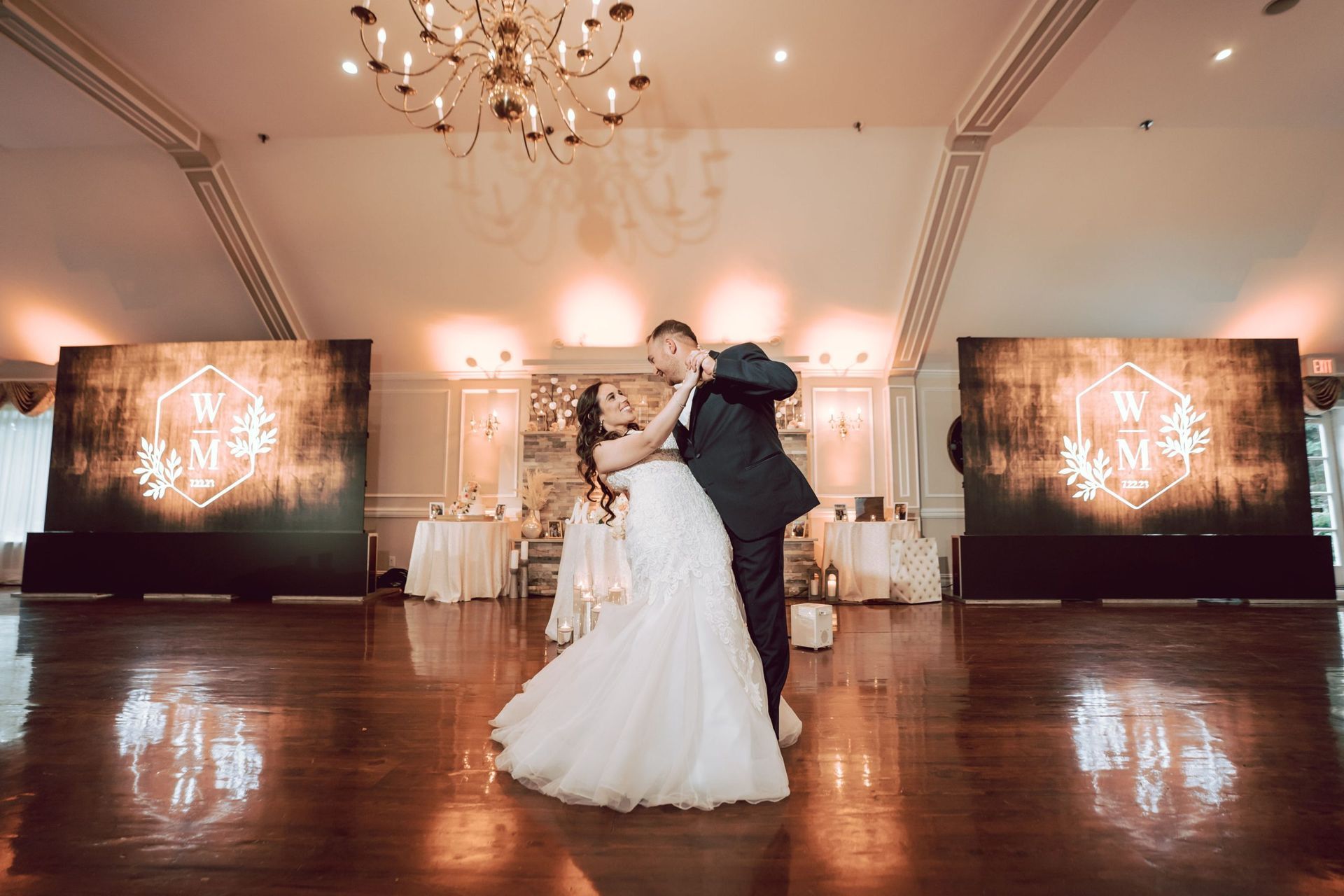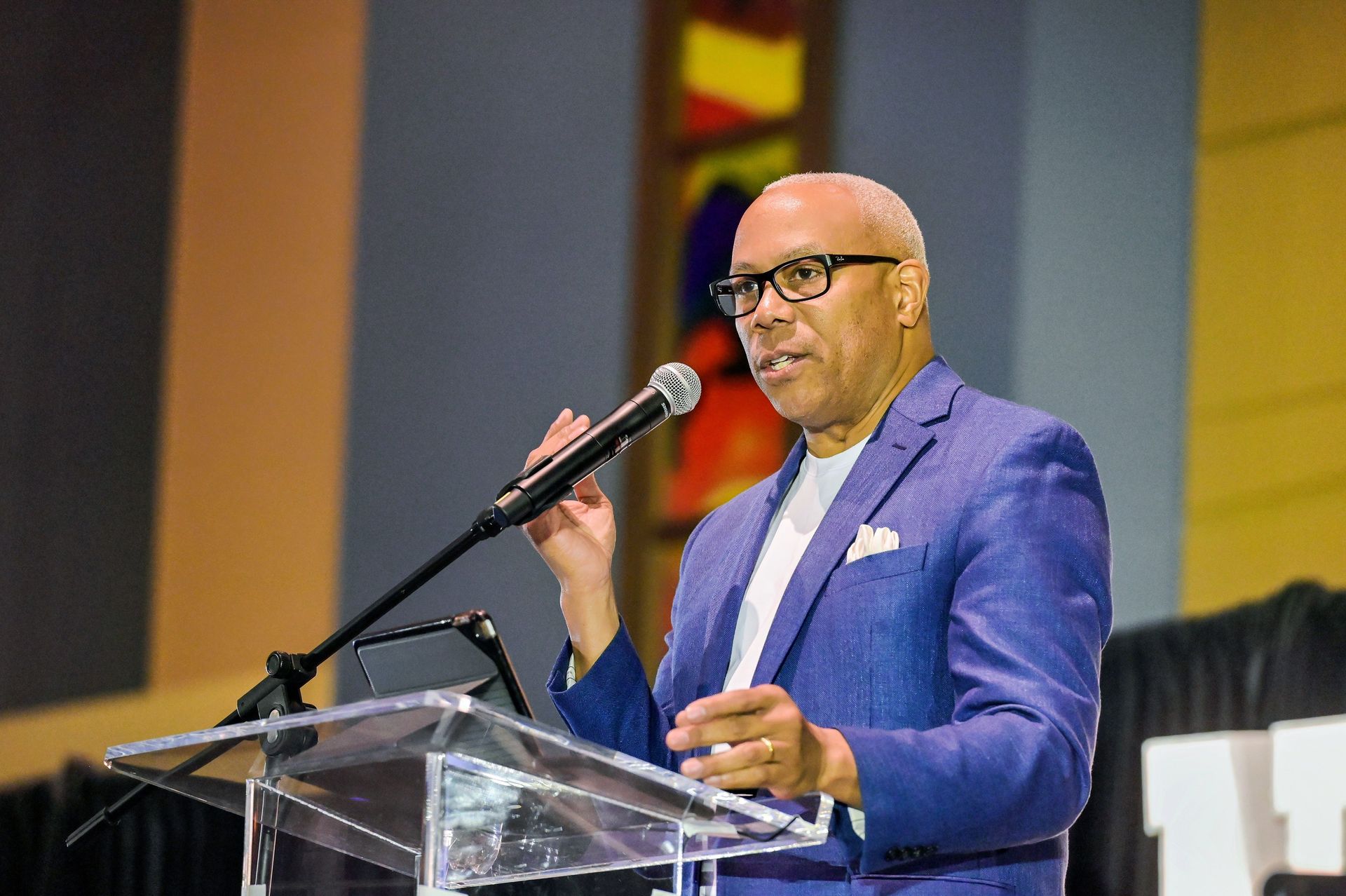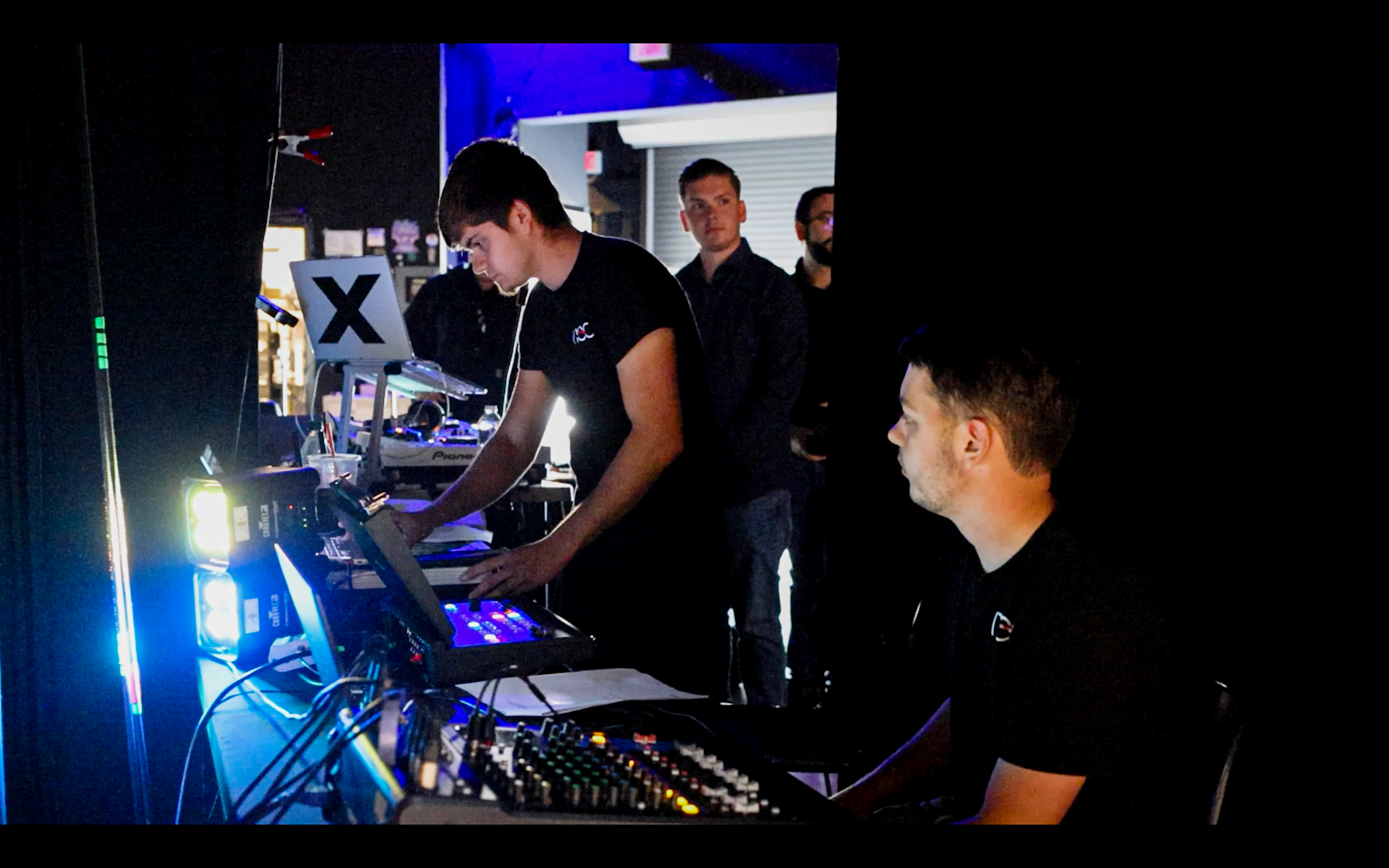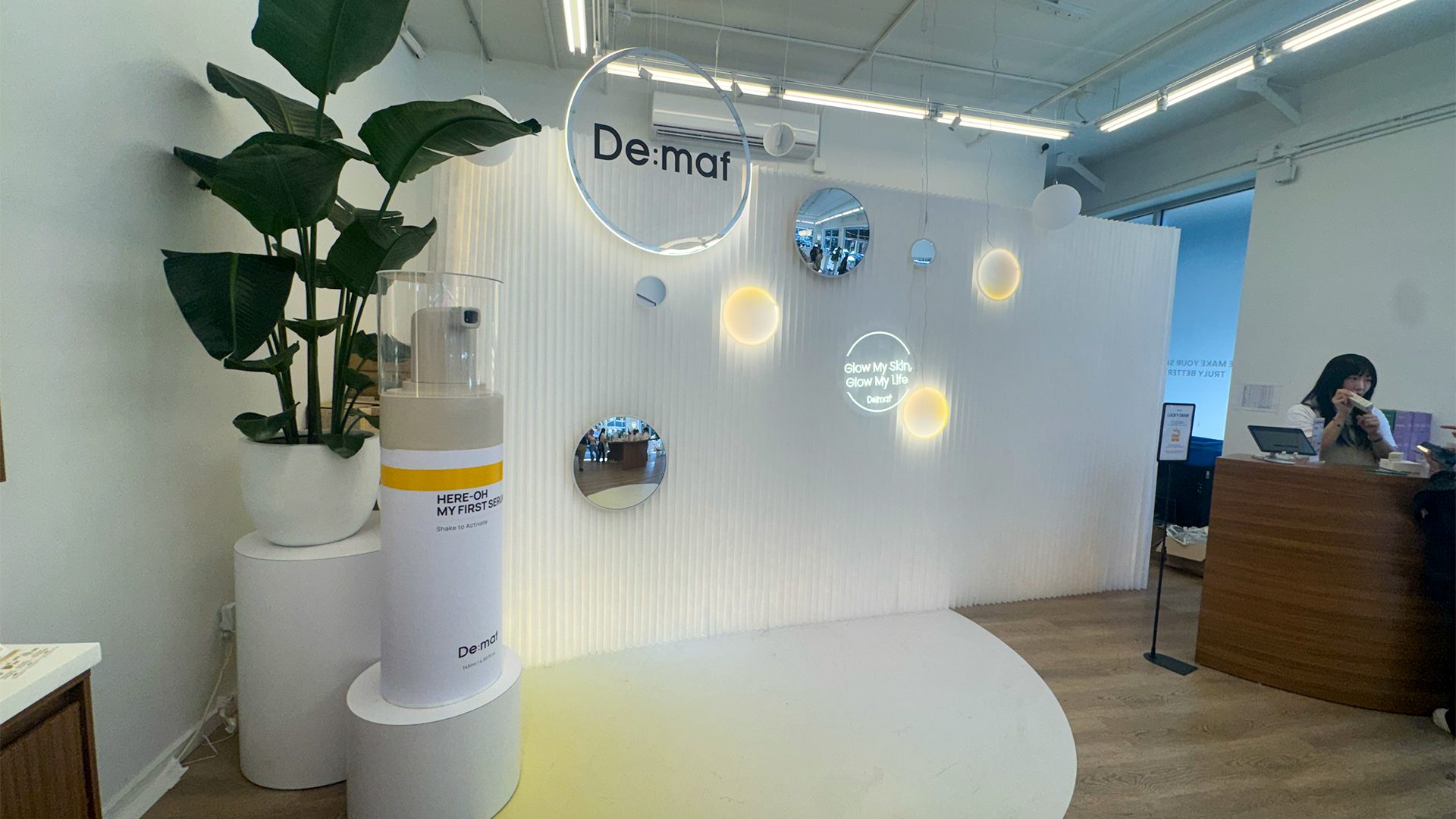First-Year Orientation: Essential Planning Checklist
Welcome Back To Campus!
First-Year Orientation and Welcome Week represent critical junctures for new students as they transition into the university setting. This period serves as an introduction to campus life, setting the tone for students' academic and social experiences. As college staff, your role in planning these events is to ensure that every detail aligns with creating a supportive and engaging environment. This initial week is about more than just welcoming students; it’s about integrating them into the university community, helping them navigate new surroundings, and beginning to forge connections that will sustain them throughout their college journey. A meticulously crafted orientation program addresses not only the logistical aspects but also the emotional and psychological needs of first-year students, making their transition smoother and more enjoyable.
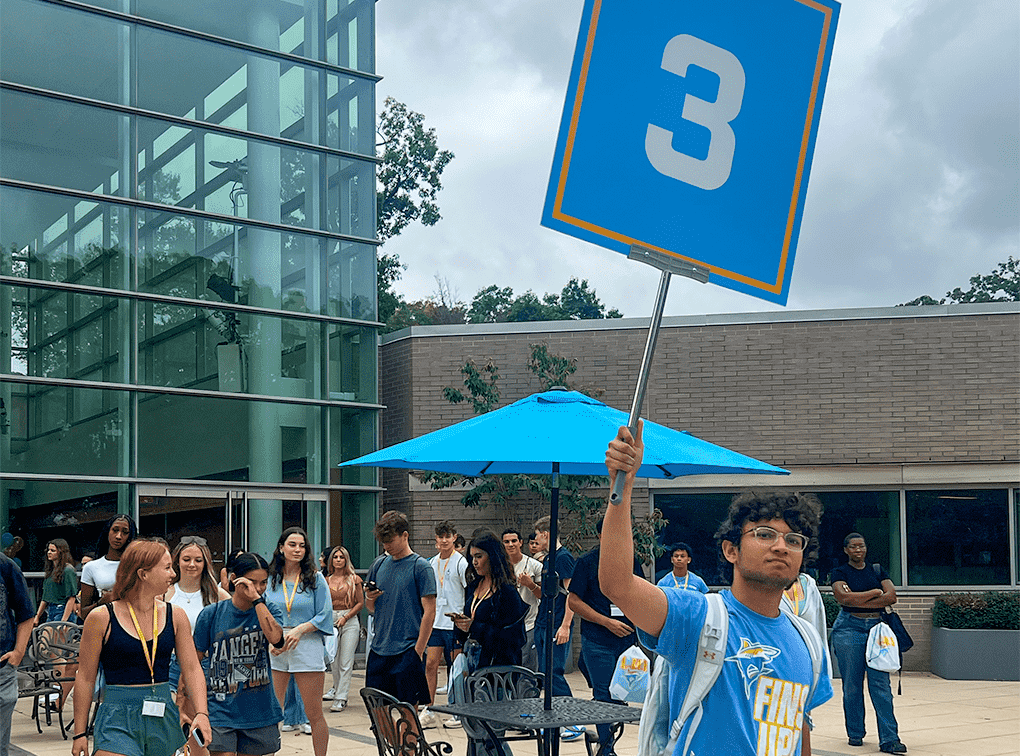
Crafting a Memorable Experience
Creating a memorable orientation experience involves more than just scheduling activities; it requires thoughtful planning that addresses the diverse interests and needs of first-year students. Begin by incorporating a variety of educational sessions, social gatherings, and recreational activities that appeal to a broad spectrum of students. Icebreakers are particularly effective in fostering initial connections among new students. These activities, ranging from team-building exercises to small group discussions, help break down social barriers and encourage lasting friendships.
Additionally, consider including workshops that provide practical information about academic resources, campus facilities, and extracurricular opportunities. These sessions equip students with the knowledge they need to navigate their new environment confidently. It's also important to integrate informal social events like movie nights, game tournaments, or themed parties to offer students a chance to unwind and bond in a relaxed setting.
Ensure that your activities reflect the university’s unique culture and values, giving students a sense of belonging and pride in their new academic home. Highlighting traditions and achievements through storytelling or campus tours can further strengthen their connection to the university community. Finally, always remain flexible and open to feedback from students, adjusting the schedule as needed to better meet their needs and preferences.
Involving Commuter Students
Commuter students often face unique challenges in connecting with the campus community. To address this, it's essential to develop strategies that specifically include them in university events. Start by scheduling commuter-friendly activities at various times throughout the day, making it easier for them to attend between or after classes. Providing flexible transportation options, such as shuttle services or carpooling arrangements, can significantly increase their participation.
Another effective strategy is to create commuter-specific social spaces and lounges on campus. These areas can serve as hubs where commuter students can relax, study, and meet peers, fostering a sense of community. Hosting meet-and-greet events or coffee hours in these spaces can further encourage interaction and help commuter students feel more integrated into campus life. It's also useful to offer virtual options for key orientation events. Livestreaming sessions or providing online materials ensures that commuter students who cannot be physically present can still participate and stay informed.
By implementing these inclusive strategies, you can ensure that commuter students are not left out and have ample opportunities to engage with the campus community, enhancing their overall university experience.
Showcasing University Values and Identity
Orientation week is an excellent opportunity to highlight the university's core values and identity. Incorporating school branding into events can instill pride and a sense of belonging among new students. Keynote speakers can share stories about the university's history and significant achievements, providing context and a sense of tradition. Workshops can be designed to align with the university's mission and values, such as sustainability initiatives or community service projects. These sessions not only educate students but also encourage them to embody these values during their time at the university. Campus tours that highlight historical landmarks or notable facilities can also deepen students' connections to their new surroundings. By weaving the university's identity into various aspects of orientation, you help students feel more integrated and committed to their new academic community.
Signage Signage Signage
First-year orientation marks a pivotal transition for students who are often stepping onto campus for the very first time. With unfamiliar surroundings and a packed schedule of events, clear and visible directional signage becomes essential in helping them navigate confidently. Signage should guide students to key locations such as the dining hall, academic advising offices, check-in stations, residence halls, and other high-traffic areas like the student center or orientation event venues. Consider using large, color-coded signs with easy-to-read fonts and arrows to make navigation straightforward, especially for students who may feel overwhelmed.
If your orientation plan involves dividing students into smaller groups or cohorts, assigning each group a clearly marked number or name is a smart move. To keep these groups organized and prevent students from straying or feeling lost, orientation leaders should carry signs or flags displaying their cohort number prominently. This not only fosters a sense of belonging and structure but also makes it easier for students to identify their group in crowded areas or during transitions between activities. Additionally, having leaders wear matching shirts or badges can reinforce group identity and increase visibility across campus.
Event Timeline and Scheduling
A comprehensive event timeline is essential for a successful orientation week. Start by mapping out each day's activities, ensuring a balanced mix of academic sessions, social events, and free time for students to recharge. Incorporate buffer times between events to allow for transitions and unexpected delays. Coordinate with keynote speakers and workshop facilitators to confirm their availability and specific requirements.
Create detailed schedules for all staff and volunteers, outlining their roles and responsibilities for each event. This ensures everyone knows where they need to be and what they need to do at all times. Utilize scheduling software or apps to keep everyone updated in real time and to manage any last-minute changes seamlessly.
Include evening and weekend events to accommodate commuter students and those with varying schedules. Be mindful of meal times and breaks, providing opportunities for students to rest and socialize informally. It's also wise to have alternative plans for inclement weather, especially for outdoor events.
Additionally, coordinate with campus security and facilities management to ensure all locations are prepared and safe for activities. This includes confirming the availability of necessary resources such as seating, AV equipment, and accessibility features.
Lastly, communicate the event timeline clearly to students through multiple channels, such as emails, apps, and printed schedules. This helps students plan their participation and reduces confusion.
Preparing Keynote speakers
Ensuring the smooth operation of audiovisual equipment is paramount for a successful orientation. Begin by conducting comprehensive checks of all AV systems well in advance. Test microphones, projectors, speakers, and any other equipment to verify they are in working order. It’s also advisable to have backup equipment on hand in case of malfunctions. Preparing a detailed AV checklist can help troubleshoot common technical issues quickly.
Coordinate with your technical team to be present during key events, ready to address any problems that arise. Clear communication between event coordinators and AV staff is crucial, so establish a protocol for immediate assistance if needed. Additionally, familiarize yourself with the specific requirements of each presenter or keynote speaker, ensuring that their presentations are compatible with your systems.
Arrange rehearsals if needed for major events to identify any potential AV issues ahead of time. This will not only give presenters confidence but also allow for adjustments before the actual event. Pay attention to room acoustics and seating arrangements, as these can significantly impact sound quality and visibility. Ensure all presentation materials are pre-loaded and tested on the equipment that will be used during the events.
By taking these proactive steps, you can minimize disruptions and maintain a professional and engaging atmosphere throughout the orientation week.
Pre-Orientation Meetings
Pre-orientation meetings are essential for ensuring a cohesive and effective orientation week. Start by organizing these sessions with all staff members and key vendors involved in the planning and execution of events. These meetings should cover detailed agendas, outlining specific tasks, responsibilities, and timelines for everyone involved. It’s crucial to confirm that each team member understands their role and how it fits into the overall plan.
During these sessions, encourage open communication to identify any potential issues or gaps in the plan. Address logistical concerns such as venue setups, transportation, and equipment needs. Discussing these elements ahead of time can help prevent last-minute surprises and ensure a smooth operation.
Additionally, use these meetings to review emergency procedures and contingency plans. Ensure that all staff members are aware of protocols for handling unexpected situations, such as inclement weather or technical difficulties.
Engaging vendors in these meetings is equally important. Clarify expectations regarding delivery times, setup requirements, and service standards. Establishing a point of contact for each vendor can facilitate better communication and quicker problem-solving if issues arise.
Finally, document all decisions and action items from the pre-orientation meetings. Sharing these notes with the team will help keep everyone on the same page and provide a reference point for any follow-up questions or adjustments.
Planning Campus Events
An involvement fair is a great way to showcase student organizations, clubs, and campus resources. Schedule a mix of academic, social, and cultural activities to engage a wide range of interests. Highlighting unique campus traditions and local culture can help new students feel connected to their new environment.
Make sure to coordinate closely with student leaders and organization representatives to ensure they are well-prepared to present their groups effectively. Offer clear guidelines on what to include in their presentations and how to interact with incoming students. Incorporate interactive elements such as demos or live performances to make the event more engaging.
Additionally, ensure logistical aspects are covered. Confirm location arrangements, and arrange for essential amenities like seating and water stations. Always have a backup plan in place for outdoor events, such as an alternative indoor location in case of inclement weather.
Consider leveraging digital tools to enhance the experience. An event app or a dedicated website can provide students with schedules, maps, and descriptions of various activities. This helps in navigating the fair efficiently and ensures that they don’t miss out on opportunities that interest them. By planning each detail ahead of time, you create an inclusive and dynamic event that lays a strong foundation for student engagement.
